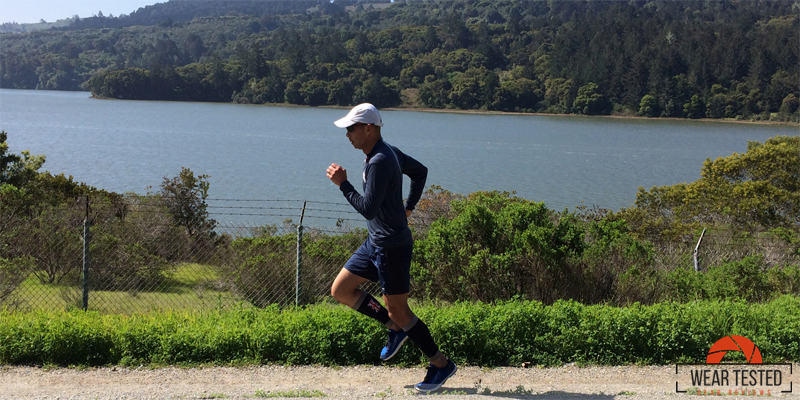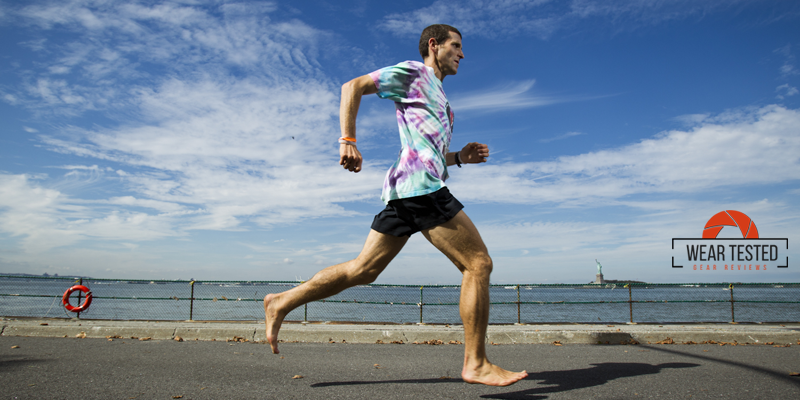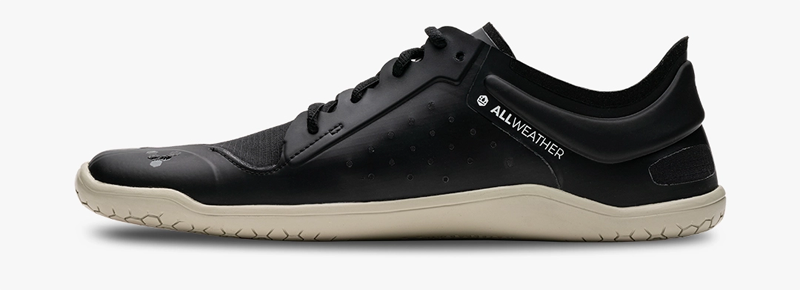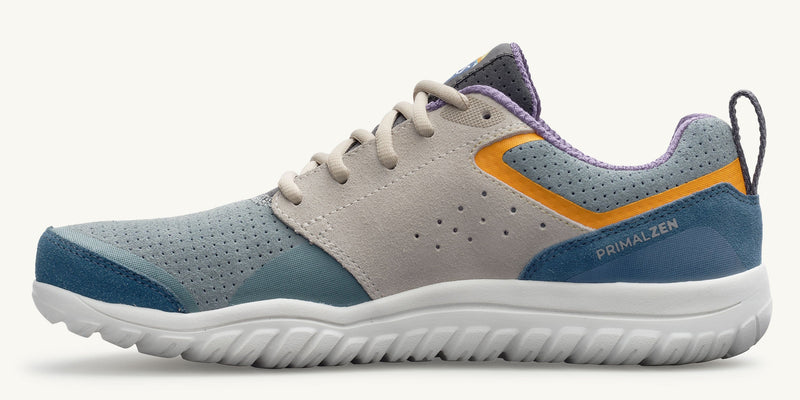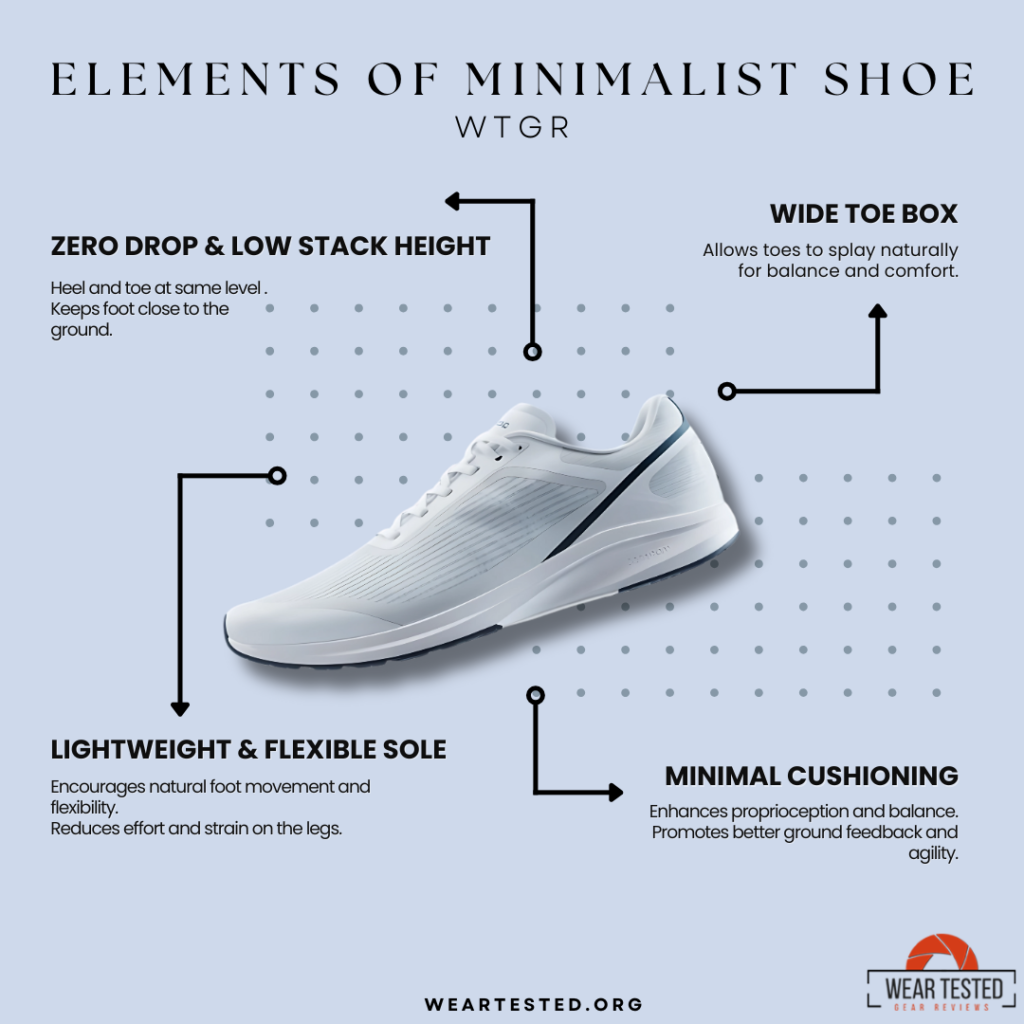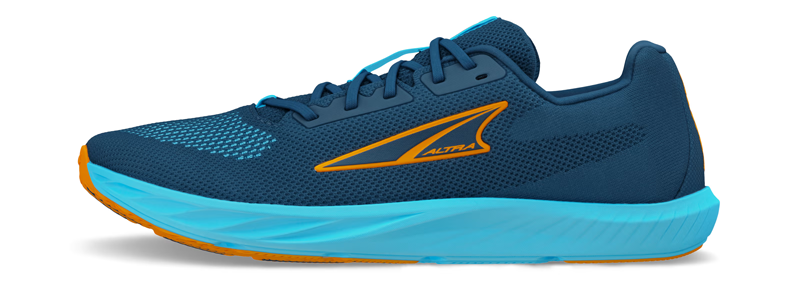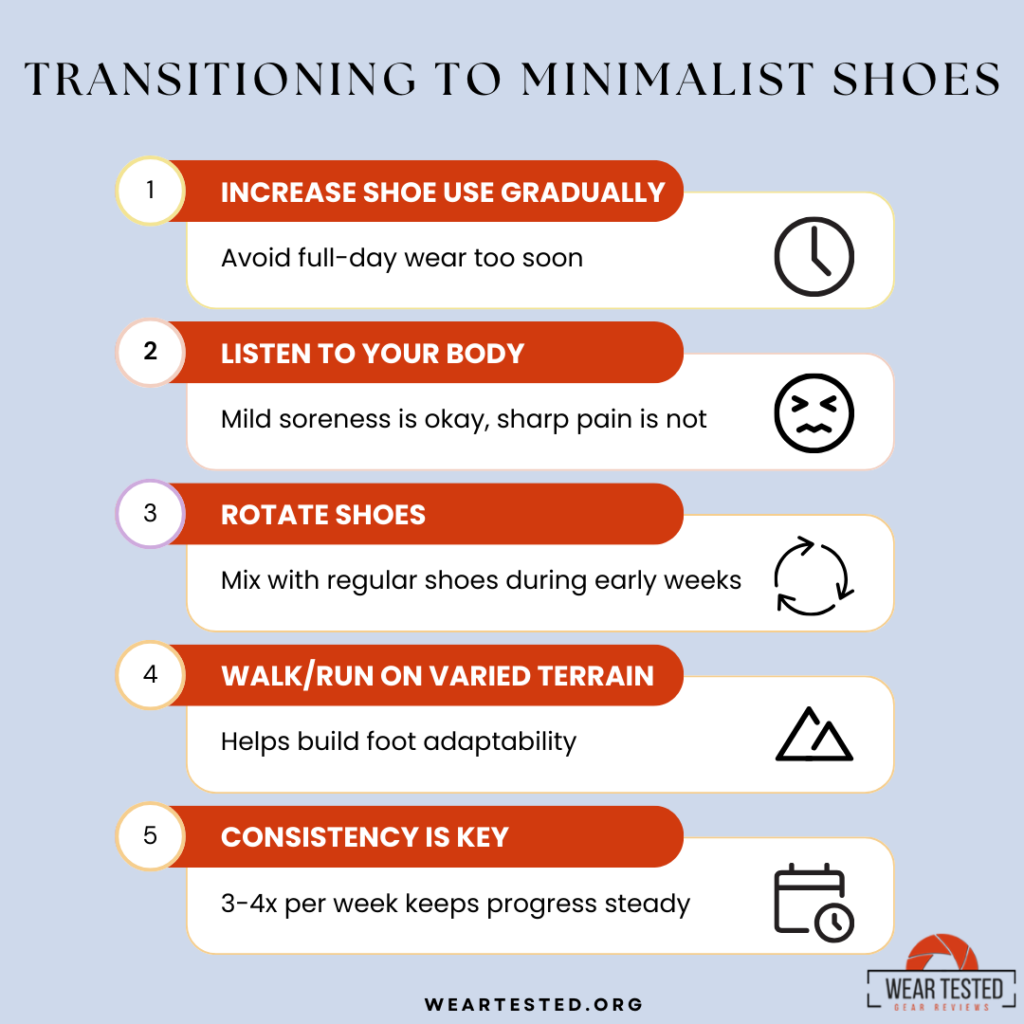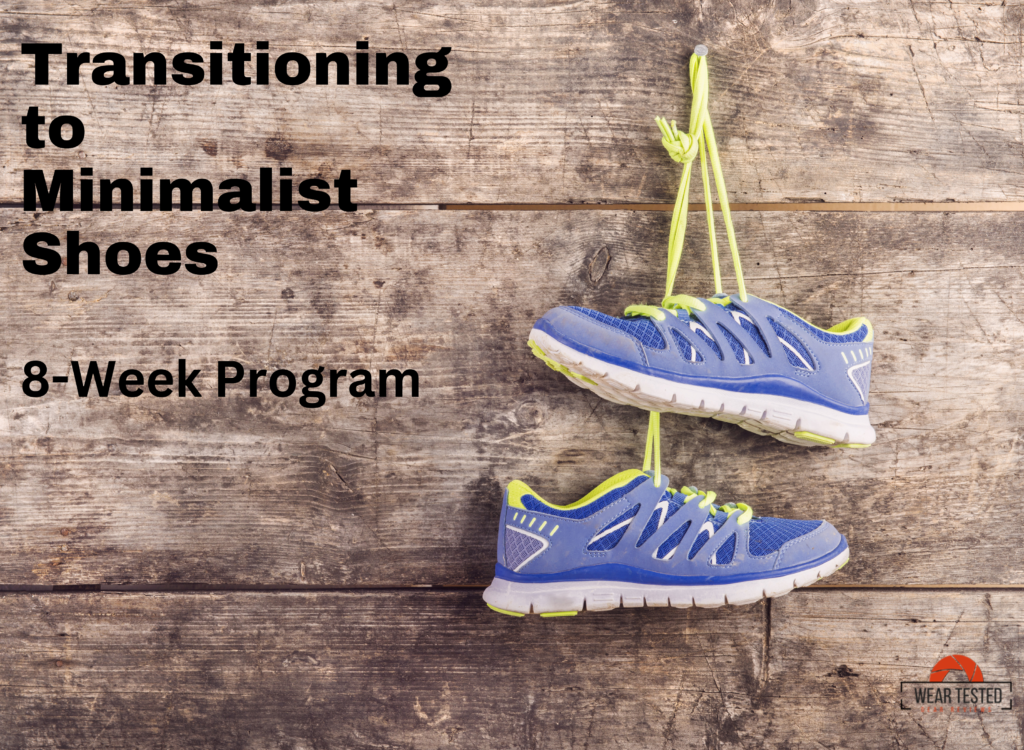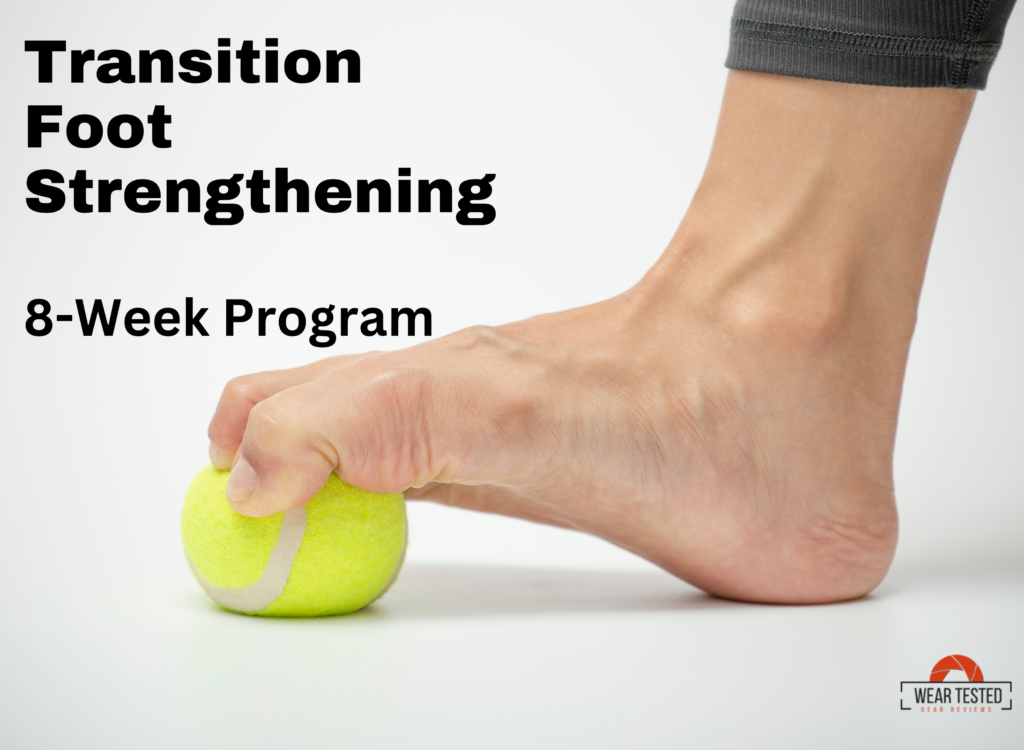Last Updated: May 27, 2025
Introduction
When Born to Run first published and everyone is trying to run with minimalist running shoes or barefoot shoes, there were no guidelines or resources available to safely transition. I was unfortunately one of the early barefoot shoes runner with my Vibram Five Fingers and Xero Shoes hurache sandals. My calves were sore for months as I did too much in the first 3 months rather than stretched it out over 9 months, slowly…
Go Slow. Not Too Far. Low Drop, Moderate Cushioned Shoes. Take Your Time.
The pendulum swings back and forth, from minimalist shoes (like VIVOBAREFOOT) to maximalist shoes (like Hoka) and vice-versa. Now almost over 15 years later, there are many low drop natural running shoes with moderate cushioning to safely help you transition from high drop (6mm+) to zero drop & low drop (3mm-4mm) running shoes, from heel striking to forefoot & midfoot striking, and enjoying injury free and painless sustainable running.
Minimalist Shoes for Injury-Free & Sustainable Running.
My mentor, coach, friend, and business partner, Dr. Mark Cucuzzella, with many of our partners have developed numerous resources at the Natural Running Center. Additionally, Dr. Mark has also written a best seller, Run For Your Life, to supplement everything we’ve done thus far.
Transitioning to Minimalist Shoes
The Altra Escalante is a good transition shoe for runners moving from traditional running shoes (which have a raised heel) to zero-drop, minimalist-style footwear like the VIVOBAREFOOT Primus Lite. But approach your transition carefully.
For business casual or casual everyday shoes, we recommend LEMs Shoes Nine2Five V2 and Primal Zen models as transitioning and everyday minimalist shoes.
Transitioning minimalist shoes and True minimalist shoes have these characteristics in common:
Low to Zero Drop
Unlike traditional running shoes that have a higher heel-to-toe differential, true minimalist shoes have a zero-drop design (0mm differential). This encourages a more natural midfoot or forefoot strike rather than a heavy heel strike. Some transitioning minimalist shoes have 3mm to 4mm differential.
If you’re used to running with a heel-striking pattern, minimalist shoes will help you gradually adjust to a more natural gait.
Low to No Cushioning
True minimalist shoes (like Vivobarefoot, Xero Shoes, or Merrell Vapor Glove) have little to no cushioning.
Transitioning minimalist shoes (like Escalante 4) have moderate cushioning, which makes it more forgiving on your feet and legs during the transition phase.
Flexible & Lightweight
The midsole and outsole are soft and flexible, allowing your feet to move more naturally compared to stiff, structured running shoes. This helps strengthen foot muscles and tendons without the immediate shock of going fully minimalist.
Wide Toe Box for Natural Foot Splay
One of the biggest advantages of the wide toe boxes (like Altra FootShape™) is that it allows your toes to spread out naturally. This helps develop stronger foot muscles and improves balance, a crucial step in transitioning to minimalist running.
One easy way to tell a true minimalist shoe from a transitioning minimalist shoe is by the amount of cushioning they have and the heel-to-toe differential. Both types of minimalist shoes should have wide toe boxes, flexible soles, and are lightweight.
Tiered-Transitioning Approach
Altra Running has a transitioning approach that is more forgiving. Start from traditional running shoes (6mm+ drop) to mid-cushioned (4mm drop) transitioning minimalist shoes (Experience Flow or Experience Wild) to low-cushioned (0mm drop) transitioning minimalist shoes (Escalante or Superior). Take your pick.
How to Transition to Zero Drop Minimalist Shoes
Transitioning from a high-heel-drop shoe to zero-drop can still cause strain if you transition too quickly.
BEFORE STARTING
We recommend spending 4 weeks strengthening your feet with our Foot-Strengthening program (PDF) before starting the transitioning program.
For a structured & detailed program, download our Transitioning to Minimalist Shoes program (PDF).
Here’s a gradual approach:
Start with Walking & Short Runs
Wear the transitioning minimalist shoe for casual walking and light workouts before running in them. Begin with short runs (5–10 minutes max) and increase gradually.
Strengthen Your Feet & Lower Legs
Since your Achilles tendon, calves, and foot muscles may be weak from wearing traditional running shoes, do exercises like toe raises, calf raises, barefoot walking on grass/sand, and short barefoot runs on soft surfaces.
Gradually Increase in Running Distance
Add 5–10% more distance per week to avoid overloading your Achilles and calf muscles. Listen to your body—if you feel pain in your calves, Achilles, or arches, slow down.
Mix with Your Old Running Shoes
Rotate between your old shoes and the transitioning minimalist shoe while your feet adjust. This helps avoid overuse injuries during the transition.
Check Your Running Form (Good Running Form aka Barefoot Running Style)
- Shorter strides and higher cadence (~180 steps/min)
- Midfoot or forefoot strike instead of heavy heel strike
- Engage your glutes and core for better posture
Minimalist Shoes
Transitioning Minimalist Shoes:
- Altra Escalante 4 (zero drop)
- Altra Superior 7 (zero drop)
- Altra Experience Flow (4mm drop)
- Altra Experience Wild (4mm drop)
- Topo Athletic ST 5 (zero drop)
- LEMs Shoes Primal Zen (zero drop)
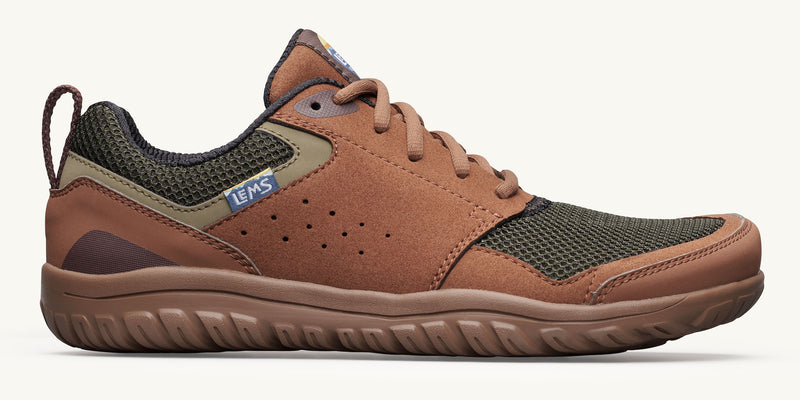
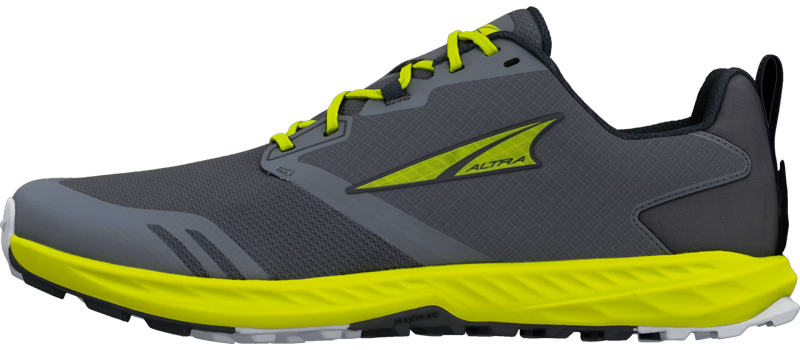
Transitioning Minimalist Sandals:
- LEMs Shoes Switchback Sandals (3mm drop)
- Xero Shoes Z-Trail EV (zero drop)
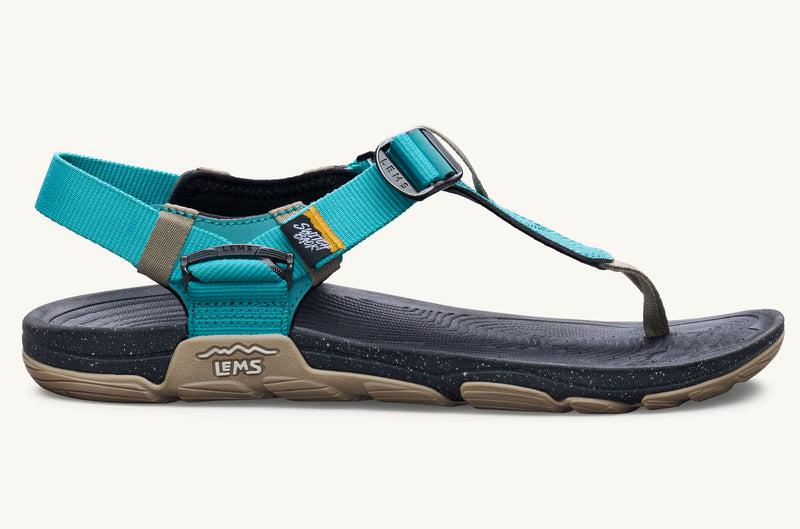
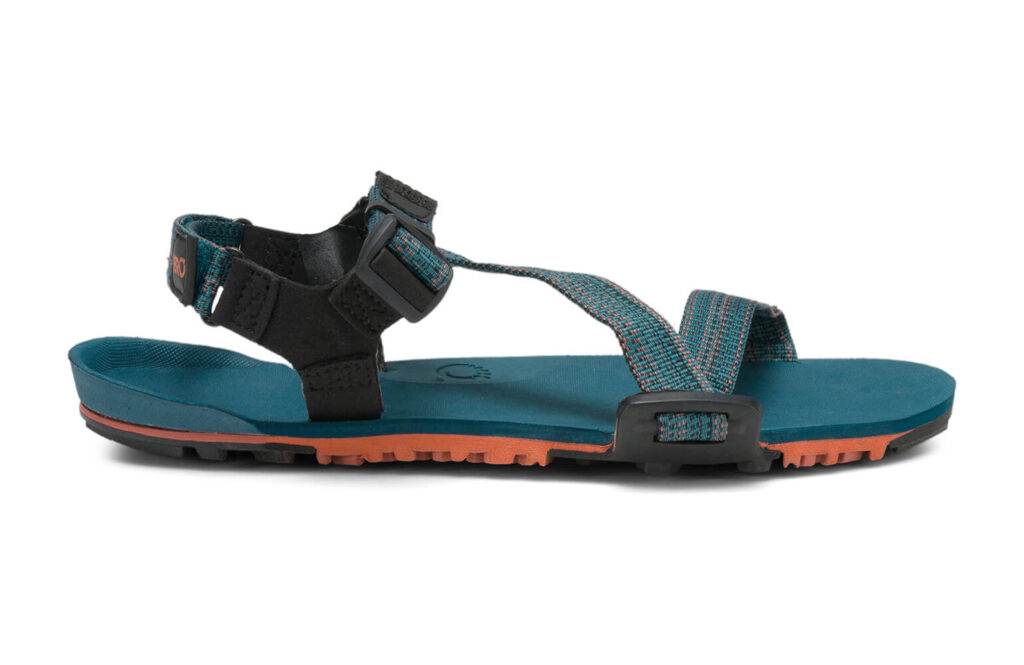
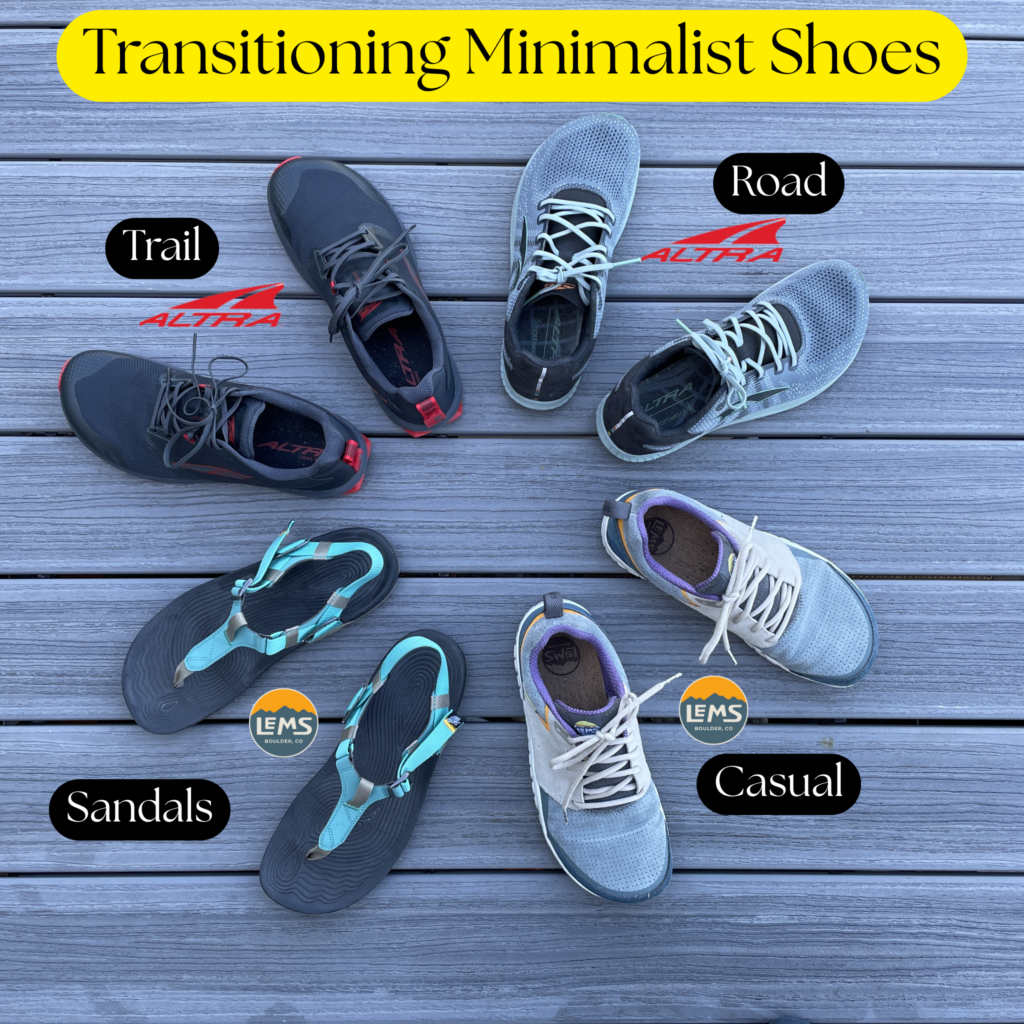

True Minimalist Shoes:
- Altra Escalante Racer 2 (zero drop)
- Xero Shoes HFS II (zero drop, more protection)
- Xero Shoes HFS Original (zero drop)
- Xero Shoes Prio Neo (zero drop)
- Vivobarefoot Primus Lite 3.5 (zero drop)
- Vivobarefoot Primus Flow (zero drop)
- Vibram Five Fingers (zero drop toe shoes)
- Carets (zero drop dress shoes)
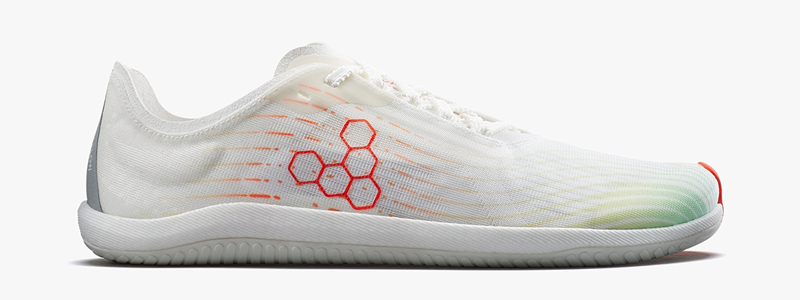

Additional Resources
Training Videos on WTGR YouTube Channel
- Barefoot Running Re-born – Natural Running with Dr. Mark Cucuzzella
- Barefoot Running Style with Dr. Mark Cucuzzella
Books
Downloads
- For a structured Transitioning to Minimalist Shoes program, download our guide PDF here.
- For a structured Foot-Strengthening program, download our guide PDF here.

